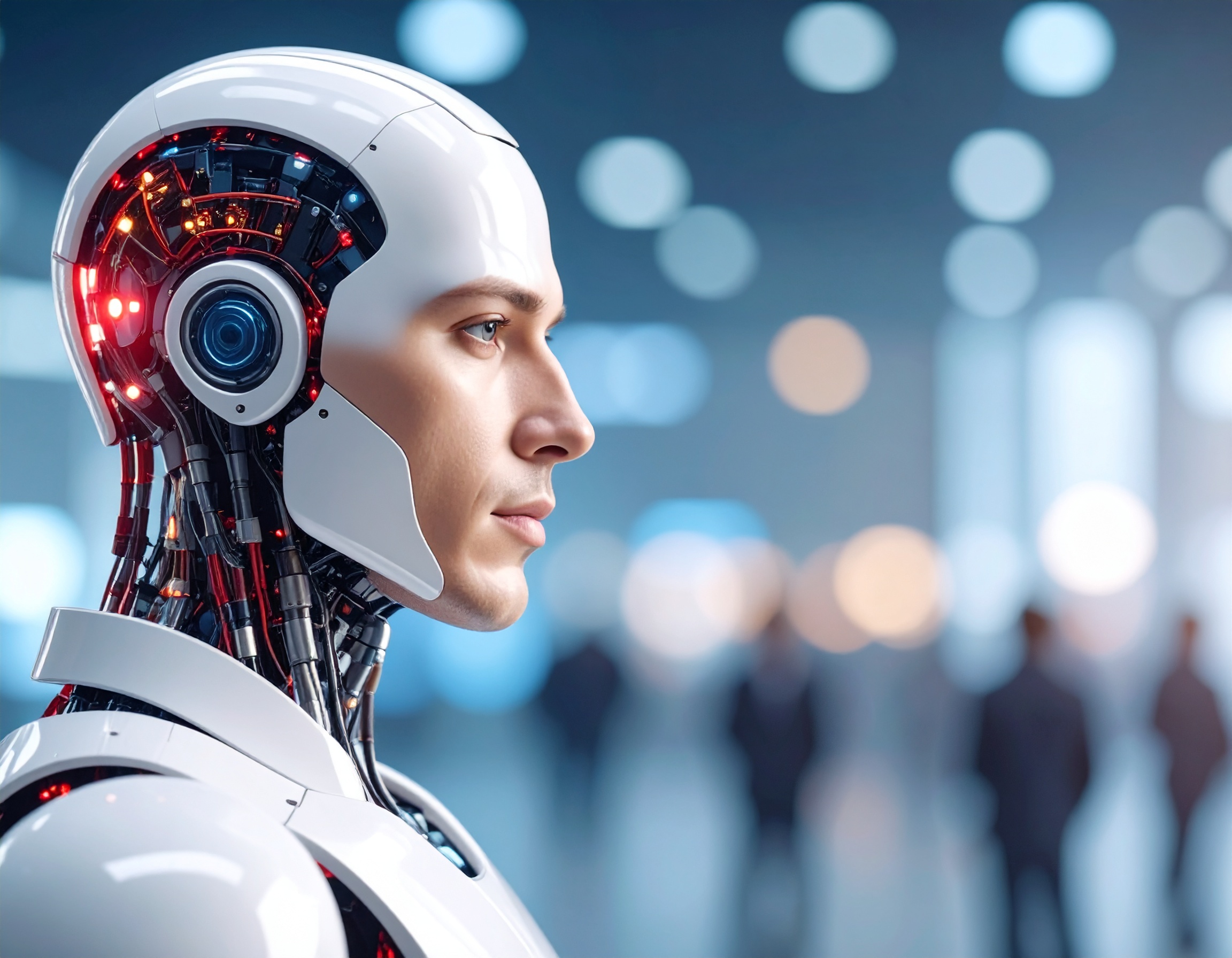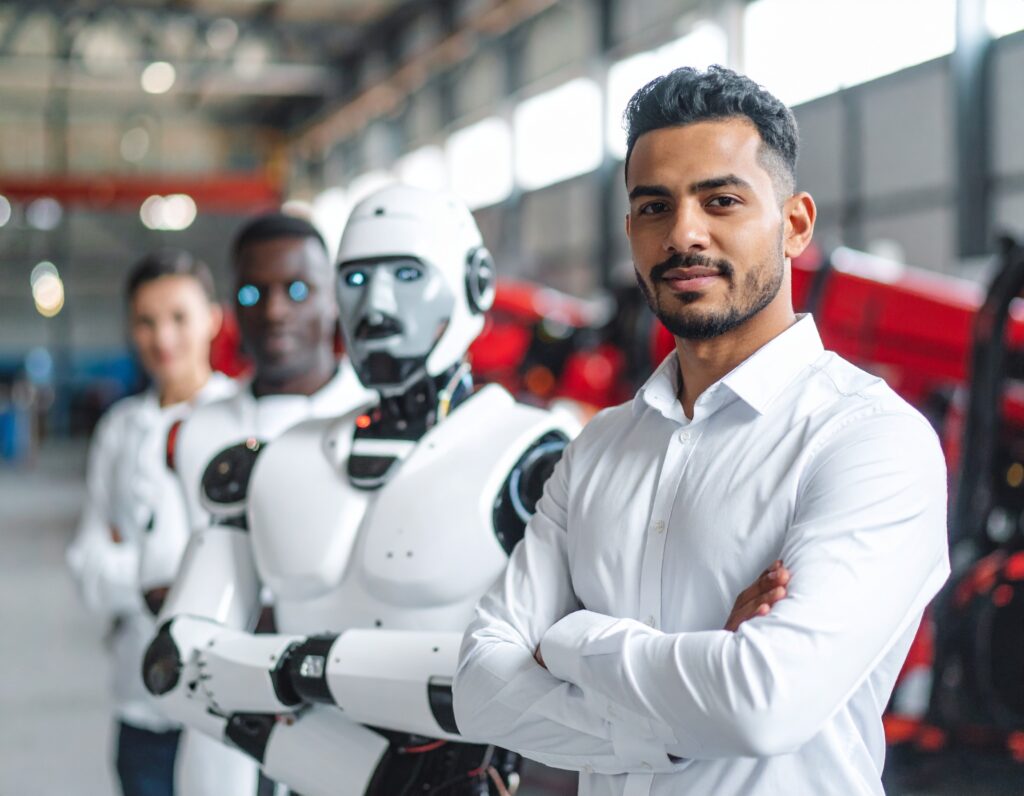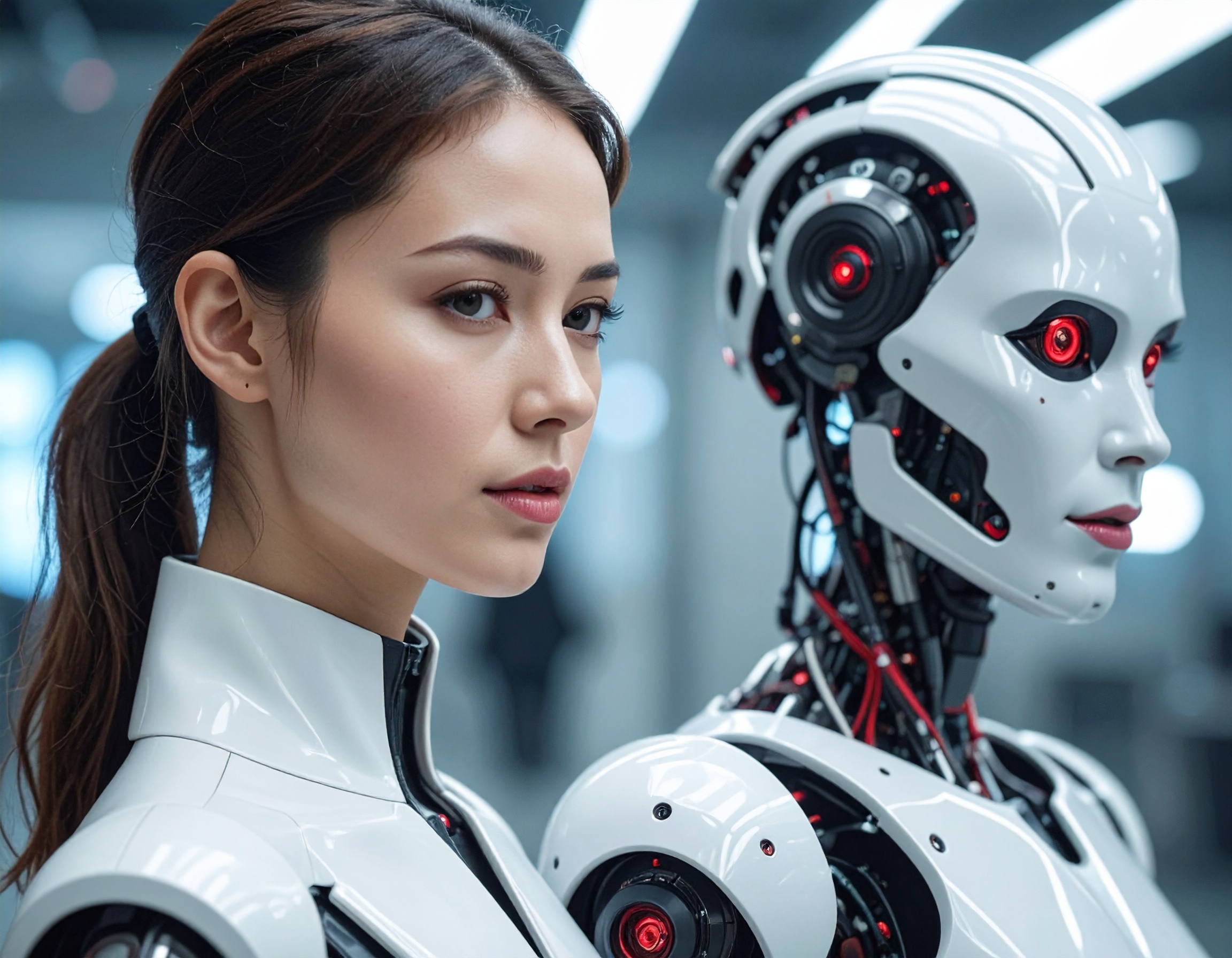AI Employee or Non-Human Worker Pregnancy: Voice AI Agents Won’t Be Giving Birth—But Robots Might

A Bold Leap in Reproductive Tech
In August 2025, at the World Robot Conference in Beijing, Dr. Zhang Qifeng—founder and CEO of Guangzhou-based Kaiwa Technology—unveiled a startling vision: humanoid robots equipped with artificial wombs capable of carrying and giving birth to human children as early as 2026 . Projected to cost around 100,000 yuan (approximately USD 14,000), these AI Employees or Non-Human Workers could offer an unprecedented alternative for those facing infertility .
How It Works: From Artificial Womb to Robotic Birth
The core concept involves embedding an artificial uterus within a humanoid robot’s abdomen. This Voice AI Agent—though not vocal in this context—would simulate natural gestation using synthetic amniotic fluid and nutrient delivery via tubes, enabling fetal development until birth . Dr. Zhang insists that the shell of the technology—particularly the artificial womb—has achieved maturity in laboratory settings, and now requires integration into a humanoid robotic body to enable direct human–robot interaction and application .

Why It Matters: Promise, Ethics, and Societal Impact
This development is significant on multiple fronts:
- Reproductive Medicine & Infertility Solutions
It offers hope to millions for whom pregnancy is medically impossible or carries high risks . - Social and Demographic Pressures
In nations such as China, coping with declining birth rates and an aging population, this innovation emerges as a radical response to demographic challenges . - Cost Advantage
At around USD 14,000, the robot surrogate is far less expensive than conventional human surrogacy in places like the U.S., where it can exceed USD 100,000–200,000 .
Nevertheless, the concept raises profound ethical, legal, and emotional concerns. Critics question how the absence of maternal–fetal bonding, hormonal milieu, and natural gestational environment may affect psychological and physical development. Broader issues include the commodification of childbirth, erosion of motherhood, and complex parental rights .
Dr. Zhang and his team are already engaging with authorities in Guangdong Province to address these challenges through policy and regulation .
The Road Ahead: Prototype in 2026, Ethical Dialogues Unfolding
Kaiwa Technology expects a working prototype of this Non-Human Worker—a humanoid AI Employee capable of full-term gestation—to be unveiled by 2026 . While technical feasibility might soon be within reach, society must grapple with deeper questions: What does it mean for parenthood, gender roles, and our understanding of life itself? As these Voice AI Agents become more lifelike and biologically functional, the interplay between technology and humanity will only grow more complex.
Key Highlights:
- Who? Dr. Zhang Qifeng and Kaiwa Technology, Guangzhou.
- What? Humanoid robots with artificial wombs, carrying and birthing human children.
- When? Announced August 2025; prototype expected by 2026.
- How much? Estimated cost about 100,000 yuan (~USD 14,000).
- Why it matters? Offers new infertility solution, addresses demographic decline, significantly cheaper than traditional surrogacy.
- Concerns? Ethics of parenthood, emotional bonding, legal rights, societal acceptance.
- Next steps? Prototype launch and policy–ethical frameworks in development.
Reference:
https://itc.ua/en/news/robots-will-carry-and-give-birth-to-human-children-as-early-as-2026/amp/


